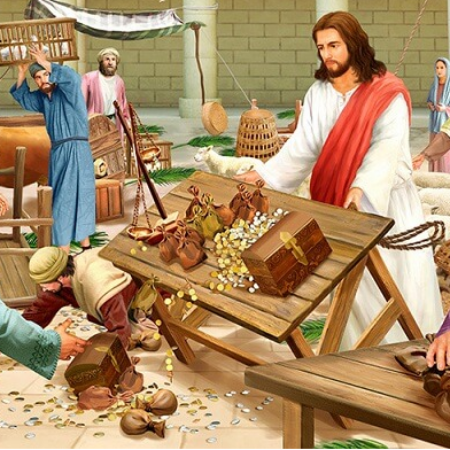The cleansing of the Temple by Jesus is an important event recorded in all four gospels. However, the timing of this event varies among the accounts. In John’s gospel, it is depicted as occurring at the beginning of Jesus’ ministry, while in the other three gospels, it is described as happening toward the end. Some scholars propose that this event occurred twice in Jesus’ ministry, but most view it as a singular occurrence toward the end. Regardless of the timing, it is evident that Jesus was deeply troubled by the activities taking place at the Temple, leading him to drive out the money changers and sellers.
I wish to present three key elements. Firstly, Jesus, often depicted as loving and compassionate, displayed anger in this incident. This challenges the misconception held by those who believe Jesus to be only loving. As the Lord of Justice, he establishes justice and reacts strongly to injustice.
Secondly, the temple serves as a place of rituals designed to draw worshippers closer to God. These rituals should not be burdensome; even the common man should be able to participate. However, the actions of the sellers and money changers made it difficult for the poor to fulfill their religious obligations.
Thirdly, collusion among the chief priests, sellers, and money changers turned the holy sanctuary into a marketplace. They exploited the sacred space for financial gain, disregarding the sanctity of the place, rituals, and the needs of the poor. Jesus, witnessing this exploitation, acted decisively to restore the sanctity of the temple.
As we reflect on this event during the Lenten season, let us examine our motives and actions. Are we prioritizing sincere worship and reverence for God or are we allowing greed and exploitation to corrupt our spiritual practices?
May we emulate Jesus’ example of righteous anger in the face of injustice and strive to uphold the sanctity of our faith and worship practices. God bless!
